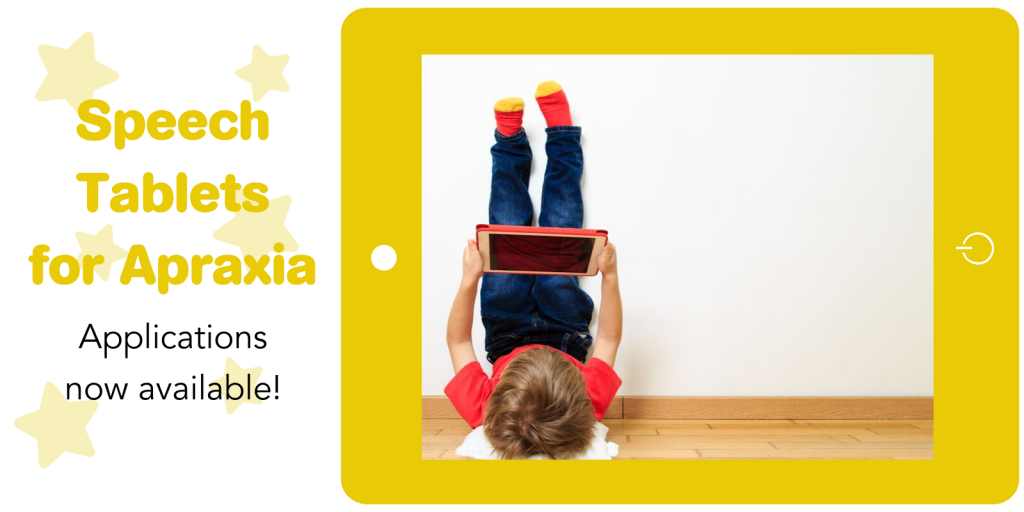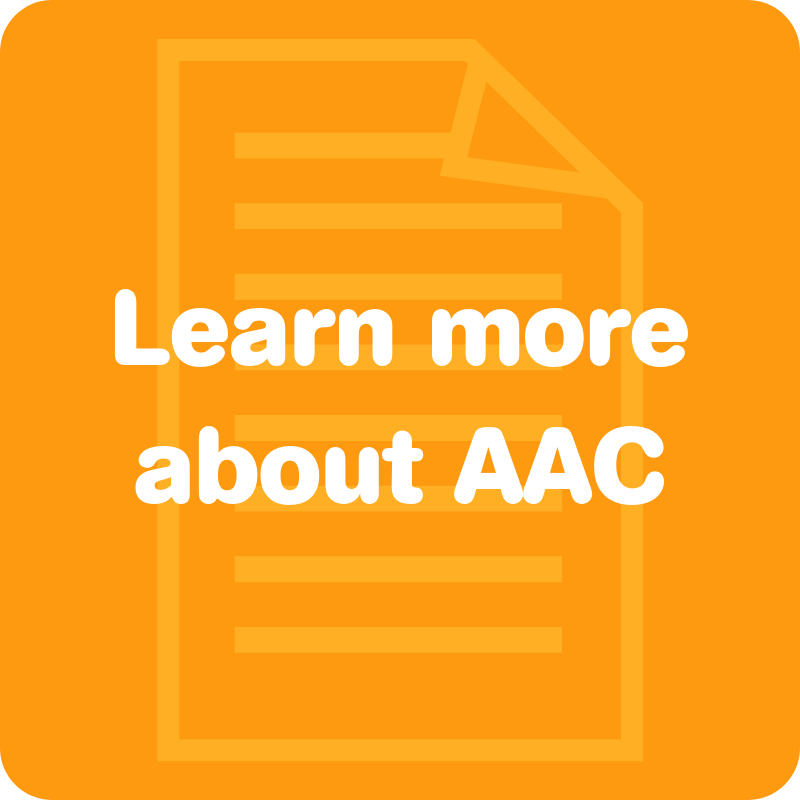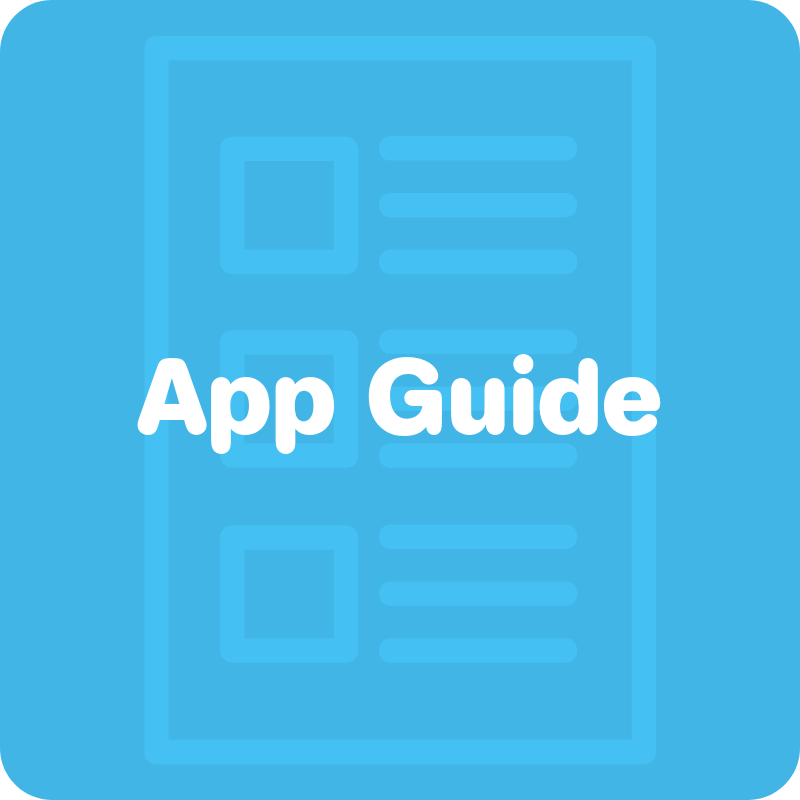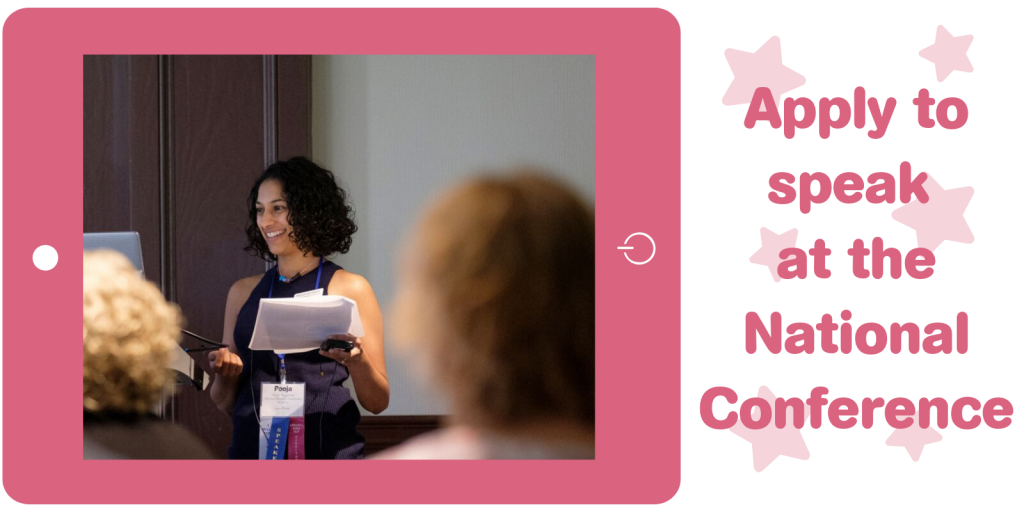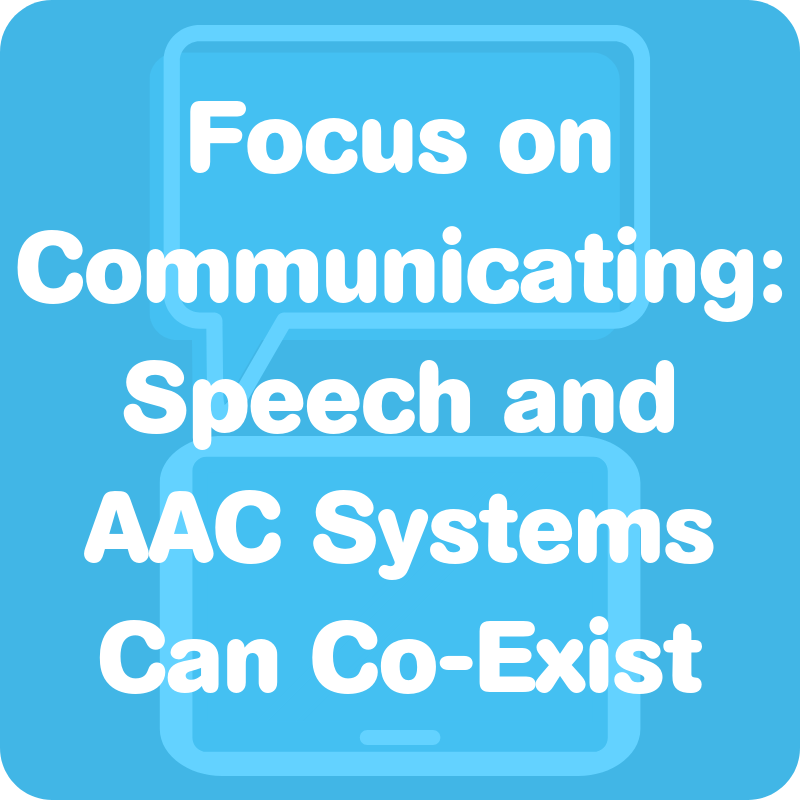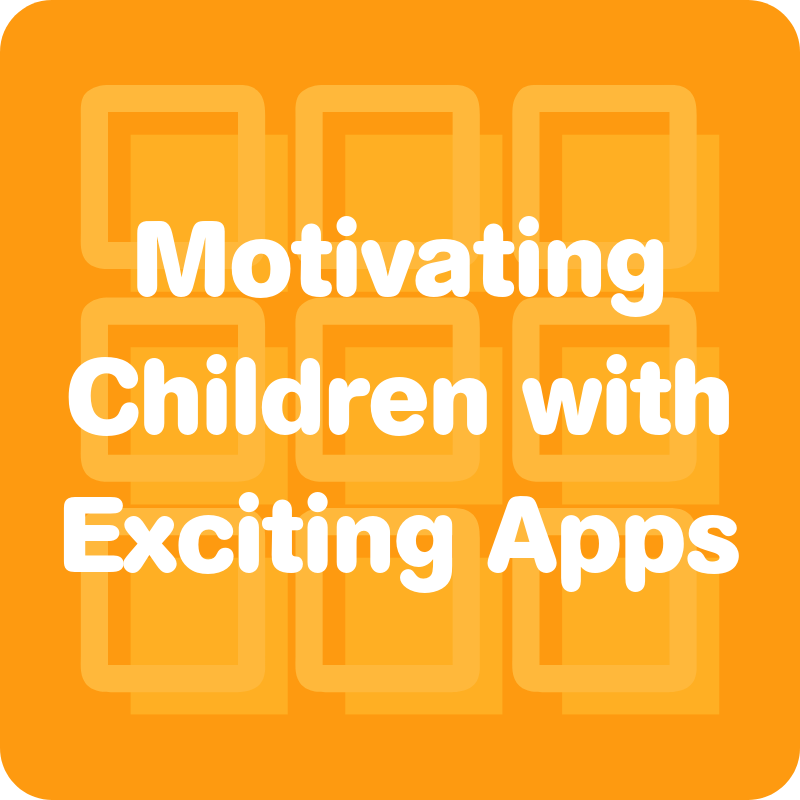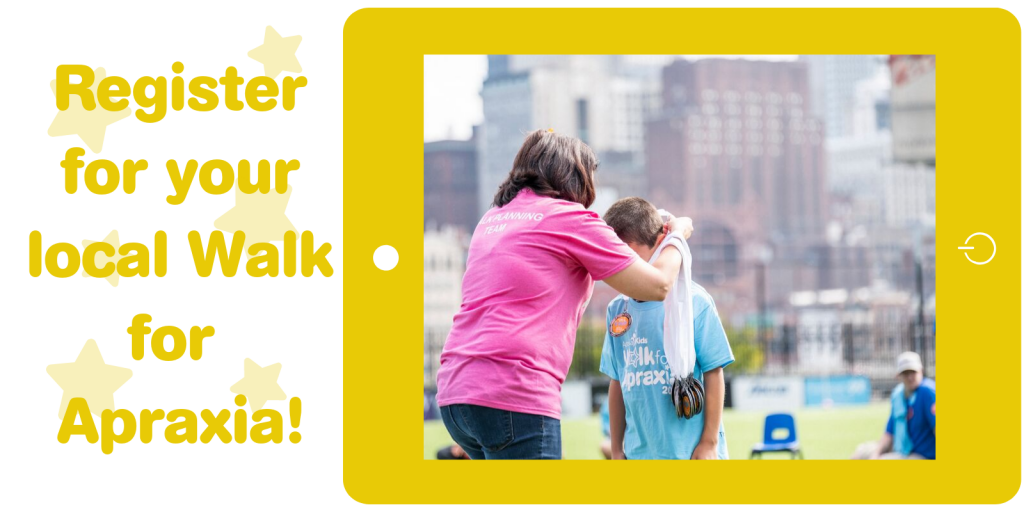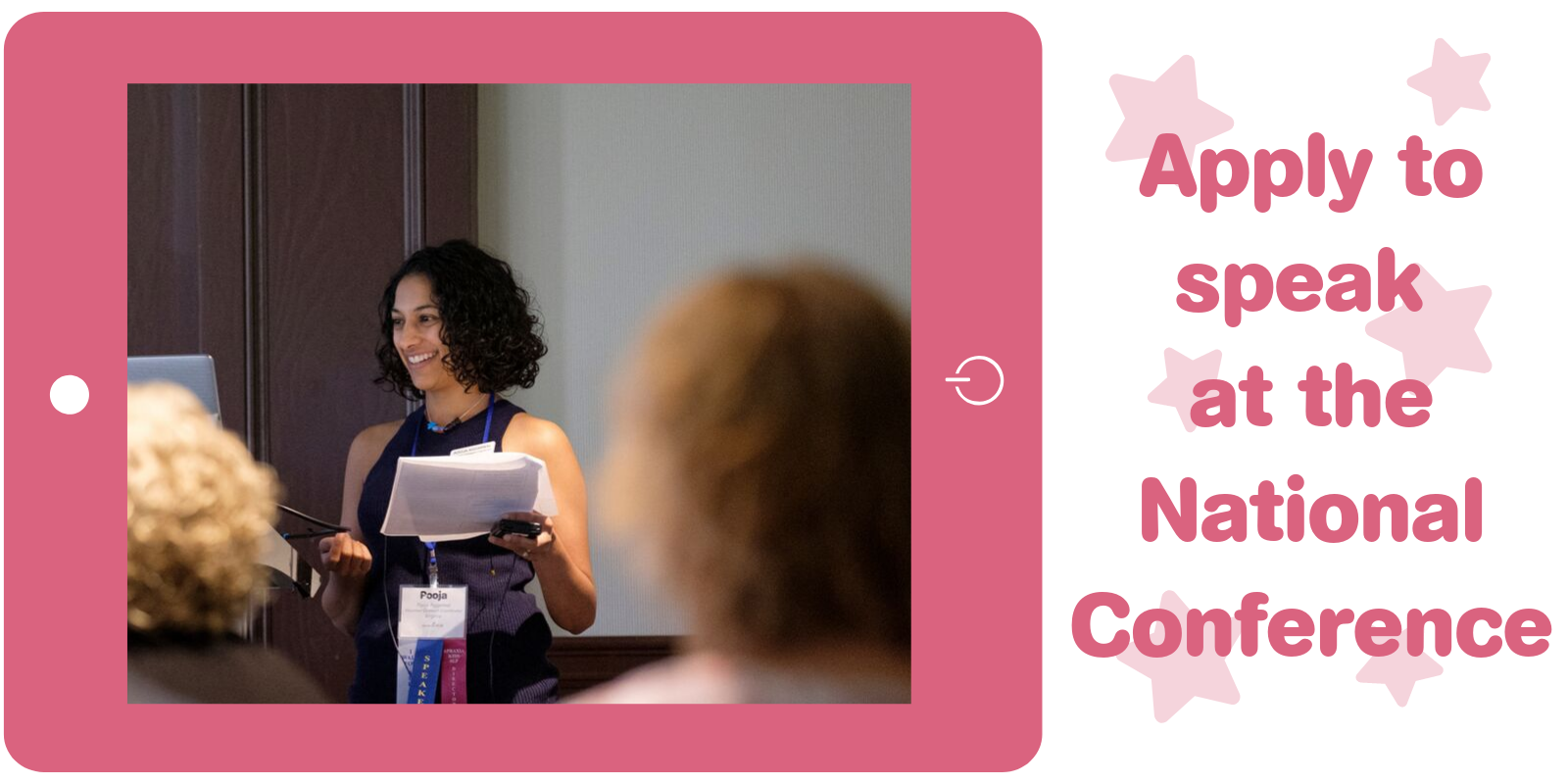
29 Oct October Newsletter: AAC Awareness Month
Dear Friends,
For children with apraxia of speech, the inability to effectively communicate may lead to frustration, anxiety, and/or reduced self-confidence. We at Apraxia Kids have been supporters of the use of augmentative and alternative communication (AAC) through the information we provide online and our ongoing community partnerships.
This AAC Awareness Month, we are taking a step back to reflect on those children who need AAC to participate in their classroom, who rely on a tablet as their primary voice, who feel the relief and reduction in frustration upon using AAC for the first time, or who (in some cases) are still struggling without access to AAC.
It is a somber feeling to recognize that some children who would benefit from the use of AAC still are experiencing anxiety or frustration at their inability to communicate their needs and their feelings. Perhaps even more so, it is discouraging to still hear from our community that there is reluctance among some parents and professionals to try AAC in addition to supporting verbal speech attempts.
We are encouraging our community to share the information we offer on AAC this month to help raise awareness and acceptance of children who need alternative forms of support while they work to find their voice. Read articles on AAC; watch webinars on supporting children as they use AAC; join our Apps for Apraxia Kids Facebook group; and flip through the App Guide published by The Department of Behavioral and Developmental Pediatrics at the Penn State Hershey Children’s Hospital.
Together, we are working to help make the world a more accepting place for all children with apraxia of speech. While our vision is a world where all children with apraxia reach their highest communication potential, we must not lose sight of those children, teens, and adults who require the use of AAC to reach this potential. We must remember that everyone deserves a voice.
Warmest Regards,
Angela Grimm
Executive Director
Click here to subscribe to our newsletter!
Dear Friends,
For children with apraxia of speech, the inability to effectively communicate may lead to frustration, anxiety, and/or reduced self-confidence. We at Apraxia Kids have been supporters of the use of augmentative and alternative communication (AAC) through the information we provide online and our ongoing community partnerships.
This AAC Awareness Month, we are taking a step back to reflect on those children who need AAC to participate in their classroom, who rely on a tablet as their primary voice, who feel the relief and reduction in frustration upon using AAC for the first time, or who (in some cases) are still struggling without access to AAC.
It is a somber feeling to recognize that some children who would benefit from the use of AAC still are experiencing anxiety or frustration at their inability to communicate their needs and their feelings. Perhaps even more so, it is discouraging to still hear from our community that there is reluctance among some parents and professionals to try AAC in addition to supporting verbal speech attempts.
We are encouraging our community to share the information we offer on AAC this month to help raise awareness and acceptance of children who need alternative forms of support while they work to find their voice. Read articles on AAC; watch webinars on supporting children as they use AAC; join our Apps for Apraxia Kids Facebook group; and flip through the App Guide published by The Department of Behavioral and Developmental Pediatrics at the Penn State Hershey Children’s Hospital.
Together, we are working to help make the world a more accepting place for all children with apraxia of speech. While our vision is a world where all children with apraxia reach their highest communication potential, we must not lose sight of those children, teens, and adults who require the use of AAC to reach this potential. We must remember that everyone deserves a voice.
Warmest Regards,
Angela Grimm
Executive Director
Click here to subscribe to our newsletter!
Credentials:
Hours of Operation:
Treatment locations:
Address:
,
Phone:
Email:
Overall Treatment Approach:
Percent of CAS cases:
Parent Involvement:
Community Involvement:
Professional consultation/collaboration:
Min Age Treated:
Max Age Treated:
Insurance Accepted:



